#forensictoxicology
Photo

Question- What is Forensic Graphology?
Answer- Forensic graphology is the study of handwriting.
It is also known as graphoanalysis.
Graphology is a process that is used by some to attempt to determine personality traits and details about a person based off of their handwriting.
Forensic investigators use handwriting pattern/technology to determine personality traits of an individual.
#forensics#forensicscience#crimescene#forensic#criminology#forensicfield#forensicmcq#forensicquestionandanswer#forensicstudy#forensicinvestigation#evidence#forensicbiology#suspecteddocument#forensicknowledge#forensictoxicology#physicalevidence#questioneddocument#forensicexamination#forensicintro#forensiceducation#netjrf#forensicnetexamination#handwritinganalysis#handwriting#graphology#graphoanalysis
6 notes
·
View notes
Text
Now is the Time For you to know the Truth about Forensic Analysis and Toxicology Laboratories
Forensic analysis refers to a detailed investigation to ascertain and document the course, causes, perpetrators, and consequences of a security incident or violation of organization or state regulations. Forensic analysis is often linked with evidence to the court, particularly in criminal matters. Forensic Data Analysis (FDA) is a branch of digital forensics that examines structured data with concerning incidents of financial crime. Five common types of forensic analysis, are deoxyribonucleic acid (DNA), computer, handwriting, bloodstain, and statement analysis. Currently, DNA forensic is experiencing heavy research and development with substantial new product introduction.
Forensic toxicology is used to perform scientific tests to identify any drugs or chemicals present in the body. A toxicology laboratory is a specialized laboratory environment in which drug tests (tox screens) are performed to evaluate the presence of illegal substances. In toxicology laboratories, any type of illicit substance can be tested, including both recreational and prescription drugs.
Read More @ https://coherentmarketinsights-cmi.blogspot.com/2020/11/now-is-time-for-you-to-know-truth-about.html
#ToxicologyLaboratories#ForensicAnalysis#Forensictoxicology#WildlifeForensics#Forensicscientists#DNAforensic#DNA#FDA
0 notes
Photo

Work from home day ☺📚 #masters #forensictoxicology #selfie #Goodmood #wildhairdontcare
1 note
·
View note
Photo

Screening For Unknown Compounds in Forensic Toxicology
DOI: http://dx.doi.org/10.20431/2456-0049.0101002
ARC Journal of Forensic Science
Read More : https://www.arcjournals.org/journal-of-forensic-science/
0 notes
Photo

Study CIT’s Bachelor of Forensic Science (Crime Scene Investigation) program provides graduates with the scientific knowledge and practical skills required to collect, analyse and interpret forensic evidence and to present that evidence in a court of law. The course has been developed with assistance provided by the National Institute of Forensic Sciences, the Australian and New Zealand Forensic Science Society, the Australian Federal Police and the New South Wales Police Force.http://bit.ly/2FP3FyJ #applycourses #Trace #Evidence #Analysis #ForensicToxicology #ForensicPsychology #ForensicPodiatry #ForensicPathology #ForensicOptometry #ForensicOdontology #ForensicLinguistics #ForensicGeology #ForensicEntomology #ForensicEngineering #ForensicDNAAnalysis #ForensicBotany #ForensicArcheology #ForensicAnthropology #DigitalForensics #Criminalistics https://www.instagram.com/p/Bq4u-vBgHor/?utm_source=ig_tumblr_share&igshid=173kv545hpikr
#applycourses#trace#evidence#analysis#forensictoxicology#forensicpsychology#forensicpodiatry#forensicpathology#forensicoptometry#forensicodontology#forensiclinguistics#forensicgeology#forensicentomology#forensicengineering#forensicdnaanalysis#forensicbotany#forensicarcheology#forensicanthropology#digitalforensics#criminalistics
0 notes
Photo
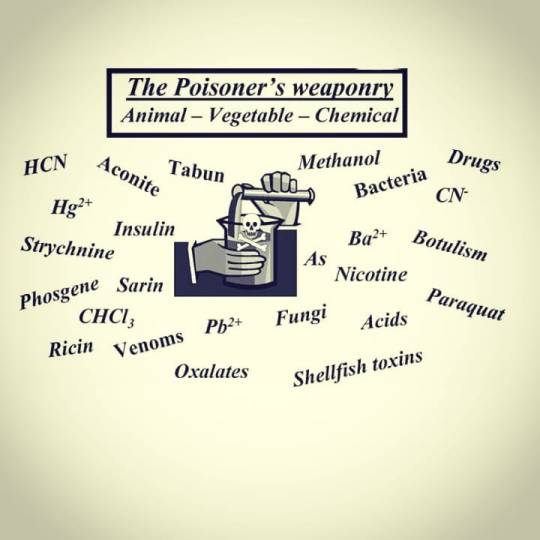
Questions- What is difference between Poison, Toxin And Venom?
Answer- Poison, toxin, venom are terms for any substance that injures the health or destroys life when absorbed into the system.
☣ Poison: Poison, in biochemistry, a substance, natural or synthetic, that causes damage to living tissues and has an injurious or fatal effect on the body.
☣ Toxin: A toxin is a poison produced by an organism.
☣ Venom: Venom is especially used of the poisons secreted by certain animals, usually injected by bite or sting.
Question- What quantity of a poison would be necessary to produce a lethal out-come in a human victim?
Answer- There are several considerations to keep in mind for poisoning.
Studies revealed that small doses of a substance might be harmless or beneficial, whereas larger doses could be toxic. This is now known as the dose-response relationship, a major concept in toxicology. A poison is any substance that can cause illness or death when ingested in small quantities. This definition excludes the multitude of substances that cause damage if ingested in large quantities.
For example- A dose of aspirin (acetylsalicylic acid) that is harmless to an adult may be poisonous to an infant. Similarly, an elderly person’s tolerance of a substance may be much lower than that of a healthy young adult.
Lethal Amount of poison is also depend on person, poison and many other factors, such as; Lethal dosage often varies depending on the method of administration; for instance, many substances are less toxic when administered orally than when intravenously administered.
#poison#toxic#forensic#forensicscience#forensicfield#forensictoxicology#lethaldose#poisoning#criminology#criminalistics#crime#crimesceneinvestigation#forensicinvestigation#forensicstudy#forensicknowledge#forensicnotes#bestofforensic#forensicmedicine#forensicfacts
5 notes
·
View notes
Photo
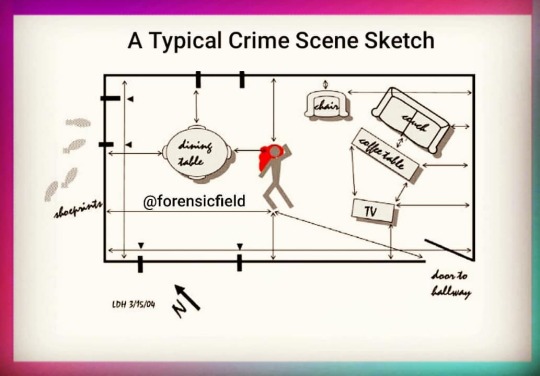
Question- What is Crime Scene Sketch?
Answer- A crime scene sketch is a permanent record of the size and distance relationship of the crime scene and the physical evidence within it. The sketch serves to clarify the special information present within the photo-graphs and video documentation, because the other methods do not allow the viewer to easily gauge distances and dimensions. A sketch is the most simplistic manner in which to present crime scene layout and measurements.
Photographer /camera positions may be noted within a sketch also.
Question- Why is a sketch important to crime scene documentation?
Answer-
■ It accurately portrays the physical facts.
■ It relates to the sequence of events at the scene.
■ It establishes the precise location and relationship of objects and evidence at the scene.
■ It helps to create a mental picture of the scene for those not present.
■ It is a permanent record of the scene.
■ It usually is admissible in court.
■ It assists in interviewing and interrogating.
■ It assists in preparing the written investigative report.
■ It assists in presenting the case in court. Well-prepared sketches and drawings help judges, juries, witnesses, and others to visualize the crime scene.
Question-When should sketches be made?
Answer- Sketch all serious crimes and accident scenes after photographs have been taken and before anything is moved.
Sketch the entire scene, the objects, and the evidence.
Question- How many types of sketches are made of crime scene?
Answer- Two types of sketches are made with regards to crime scene documentation:
1.) Rough sketches, and
2.) Final/finished sketches.
#forensics#forensicscience#crimescene#forensic#criminology#forensicfield#forensicmcq#forensicquestionandanswer#forensicstudy#forensicinvestigation#evidence#forensicbiology#suspecteddocument#forensicknowledge#forensictoxicology#physicalevidence#questioneddocument#forensicexamination#forensicintro#forensiceducation#netjrf#forensicnetexamination#crimescenesketch#crimesceneinvestigator#crimesceneinvestigation
8 notes
·
View notes
Photo

Fracture:
A fracture is a break in a bone.
Fractures can range from a hairline crack in the bone to the bone being broken into two or more pieces that no longer line up correctly. A fracture may occur at the same time as other injuries, such as sprains, strains, or dislocations.
Recovery time for a fracture can vary from weeks to months depending on a person’s age and health; the type, location and severity of the fracture.
Types of Fractures;
Fractures have a variety of names. Below is a listing of the common types that may occur:
Greenstick - Incomplete fracture. The broken bone is not completely separated.
Transverse - The break is in a straight line across the bone.
Spiral - The break spirals around the bone; common in a twisting injury.
Oblique - Diagonal break across the bone.
Compression - The bone is crushed, causing the broken bone to be wider or flatter in appearance.
Comminuted - The break is in three or more pieces and fragments are present at the fracture site.
Segmental - The same bone is fractured in two places, so there is a “floating” segment of bone.
What Causes a Fracture?
Fractures occur when there is more force applied to the bone than the bone can absorb. Bones are weakest when they are twisted. Breaks in bones can occur from falls, trauma, or as a result of a direct blow or kick to the body
Smoking and Bone Fracture:
Tobacco and nicotine increase the risk of bone fractures and interfere with the healing process, according to a growing body of research. Nicotine can slow fracture healing, estrogen effectiveness, and can counter the antioxidant properties of vitamins C and E.
____________
#forensics#forensicscience#crimescene#forensic#criminology#forensicfield#forensicmcq#forensicquestionandanswer#forensicstudy#forensicinvestigation#evidence#forensicbiology#suspecteddocument#forensicknowledge#forensictoxicology#physicalevidence#questioneddocument#forensicexamination#forensicmedicine#forensicanalysis#boneandforensic#boneanalysis#bonefracture#smoking#crimesceneinvestigation#criminalistic
9 notes
·
View notes
Photo
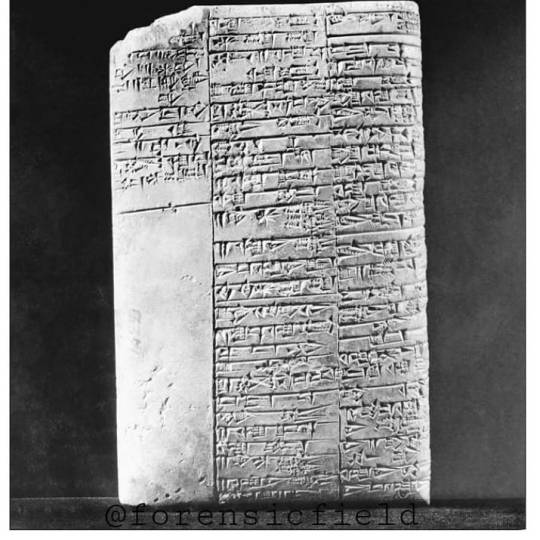
History of Drug, Poison and Chemistry
Chemistry and forensic chemistry developed largely from ancient knowledge and techniques associated with medicines. This 4,000-year-old Sumerian clay tablet in the Museum of the University of Pennsylvania has been translated by Dr. Samuel Noah Kramer of the museum and by Dr. Martin Levey of Pennsylvania State College. The tablet contains the oldest-known medical handbook. A portion reads: “White pear tree, the flower of the ‘moon’ plant, grind into a powder, dissolve in beer, let the man drink.”
(Bettmann/CORBIS/
photo dated September 27, 1953)
#forensics#forensicscience#crimescene#forensic#criminology#forensicfield#forensicmcq#forensicquestionandanswer#forensicstudy#forensicinvestigation#evidence#forensicbiology#suspecteddocument#forensicknowledge#forensictoxicology#physicalevidence#questioneddocument#forensicexamination#forensicintro#forensiceducation#netjrf#forensicnetexamination#forensicchemistry#historyofforensic
6 notes
·
View notes
Photo

Best Forensic Lines from Best Novels.
The Dark Before Dawn by Laurie Stevens is my favorite.
Which crime novel is your favourite?
Tell us in comment section 💬
#forensics#forensicscience#crimescene#forensic#criminology#forensicfield#forensicmcq#forensicquestionandanswer#forensicstudy#forensicinvestigation#evidence#forensicbiology#suspecteddocument#forensicknowledge#forensictoxicology#physicalevidence#questioneddocument#forensicexamination#forensicintro#forensiceducation#netjrf#forensicnetexamination#crimenovel#crimefiction#novel#detective#forensicquotes#forensiclines#forensicsayings
4 notes
·
View notes
Photo
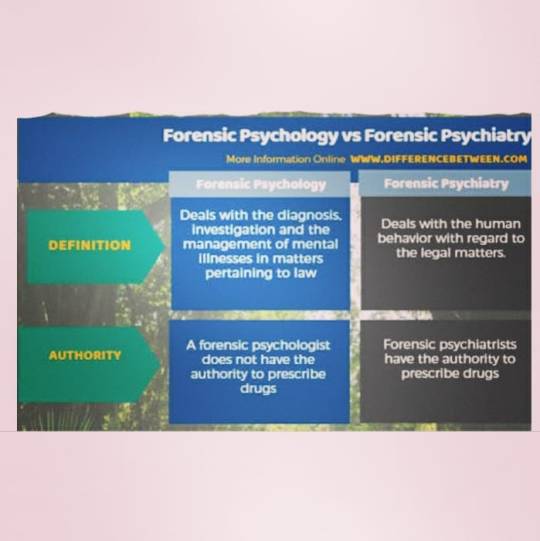
Beginning of Forensic Psychiatry
The beginnings of this specialty of the forensic sciences is the M’Naughten case in England, in which an insane person shot a government official and was found guilty by virtue of insanity. One of the leaders in this field of psychiatry was Dr. I. Ray, who contributed a treatise on the medical jurisprudence on insanity. Quen had written about earlier historical aspects of forensic psychiatry in America as well. The English Court cases are summarized in this field. The development of criminal profiling is another approach in support of police investigation of cases based on a study of the behavior of the serial murderer so that a suspect can be evaluated before and after he has been placed into custody.
#forensics#forensicscience#crimescene#forensic#criminology#forensicfield#forensicmcq#forensicquestionandanswer#forensicstudy#forensicinvestigation#evidence#forensicbiology#suspecteddocument#forensicknowledge#forensictoxicology#physicalevidence#questioneddocument#forensicexamination#forensicintro#forensiceducation#netjrf#forensicnetexamination#forensicpsychiatry#forensicpsychology#psychology#insanity#mcnaughtenrule#historyofforensicscience#historyofforrensicpsychiatry
5 notes
·
View notes
Photo

Trace Evidence
Trace evidence often refers to minute samples of a substance such as hair, fibers, glass, paint chips and fragments. Crime scenes commonly contain trace evidence, often caused by the perpetrator unknowingly coming into contact with surfaces and leaving behind or picking up particulates.
Careful collection of evidences from crime scene can give lots of information about where a sample came from and how it helps to tell the story. Scientists examine the physical, optical and chemical properties of trace evidence and use a variety of tools to find and compare samples, and look for the sources or each item. Most test methods require magnification and chemical analysis.
Like it✅, Share it↩ and Subscribe it✔…..
Watch this video For more info:
https://youtu.be/8pYtQtowDpA
#forensics#forensicscience#crimescene#forensic#criminology#forensicfield#forensicmcq#forensicquestionandanswer#forensicstudy#forensicinvestigation#evidence#forensicbiology#suspecteddocument#forensicknowledge#forensictoxicology#physicalevidence#questioneddocument#forensicexamination#forensicintro#forensiceducation#netjrf#forensicnetexamination
4 notes
·
View notes
Photo

Forensic Science History
#forensics#forensicscience#crimescene#forensic#criminology#forensicfield#forensicmcq#forensicquestionandanswer#forensicstudy#forensicinvestigation#evidence#forensicbiology#suspecteddocument#forensicknowledge#forensictoxicology#physicalevidence#questioneddocument#forensicexamination#forensicintro#forensiceducation#netjrf#forensicnetexamination#historyofforensicscience#forensicsciencehistory
4 notes
·
View notes
Photo
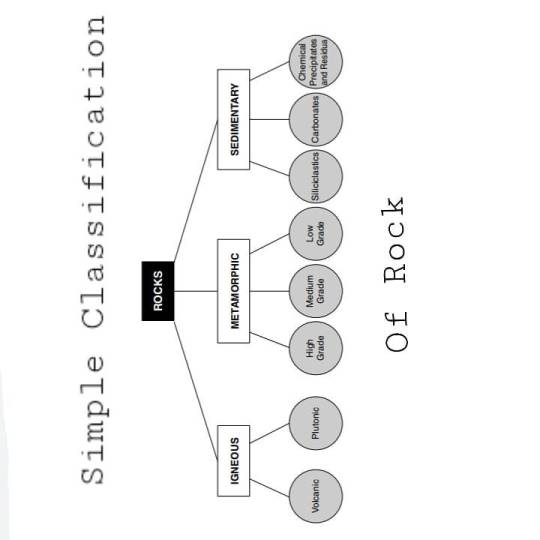
Rock and Forensic Science
👉 A rock may be defined simply as a mass of solid matter that is composed mainly of mineral crystals or grains that are texturally intergrown or held together by some form of cement.
👉 Pieces of rock have several attributes which can potentially be used as a basis for forensic comparison, including size, shape, surface texture (including weathering rinds and coatings), density, color, chemical composition, mineralogical composition, internal textural layering, fabric, magnetic characteristics, fossil assemblage (both macrofossil and microfossil), and age.
👉 Three main rock groups are:
🌑 Igneous,
🌑 Metamorphic,
🌑 and Sedimentary.
Each of which can be sub-divided, are traditionally distinguished.
#forensics#forensicscience#crimescene#forensic#criminology#forensicfield#forensicmcq#forensicquestionandanswer#forensicstudy#forensicinvestigation#evidence#forensicbiology#suspecteddocument#forensicknowledge#forensictoxicology#physicalevidence#questioneddocument#forensicexamination#forensicintro#forensiceducation#netjrf#forensicnetexamination#rock#cementadulterant#rockandforensic
3 notes
·
View notes
Photo

Classes and Types of Evidence
#forensics#forensicscience#crimescene#forensic#criminology#forensicfield#forensicmcq#forensicquestionandanswer#forensicstudy#forensicinvestigation#evidence#forensicbiology#suspecteddocument#forensicknowledge#forensictoxicology#physicalevidence#questioneddocument#forensicexamination#forensicintro#forensiceducation#netjrf#forensicnetexamination#biologicalevidence#chemicalevidence#traceevidence#evidencetype
4 notes
·
View notes
Photo
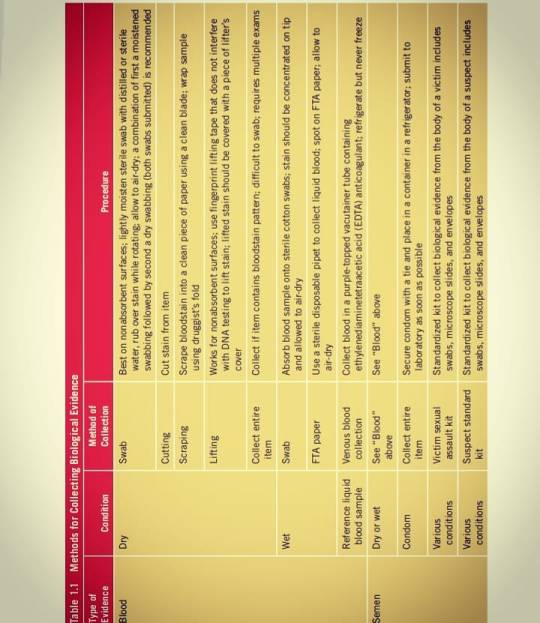
Methods For Collecting Biological Evidences
#forensics#forensicscience#crimescene#forensic#criminology#forensicfield#forensicmcq#forensicquestionandanswer#forensicstudy#forensicinvestigation#evidence#forensicbiology#suspecteddocument#forensicknowledge#forensictoxicology#physicalevidence#questioneddocument#forensicexamination#forensicintro#forensiceducation#netjrf#forensicnetexamination#biologicalsample#biologicalevidence#evidencecollection
3 notes
·
View notes